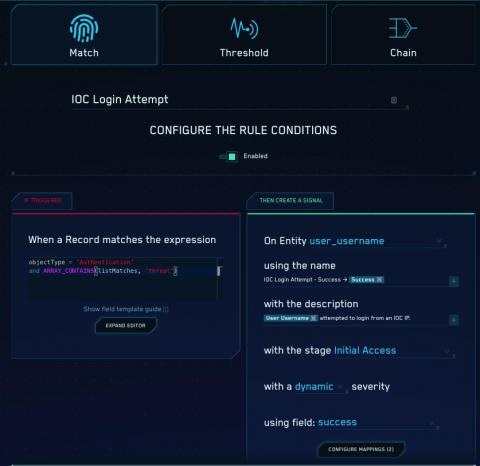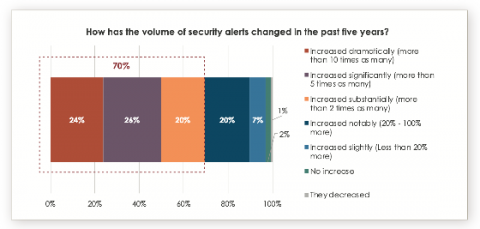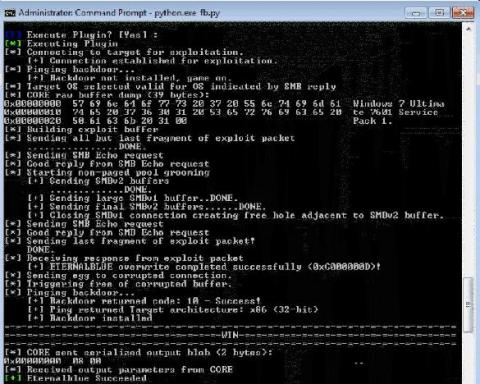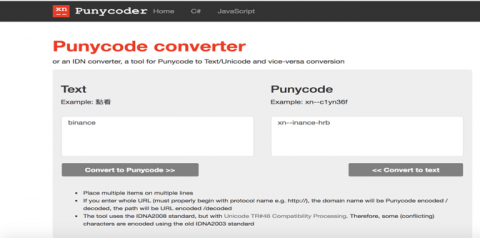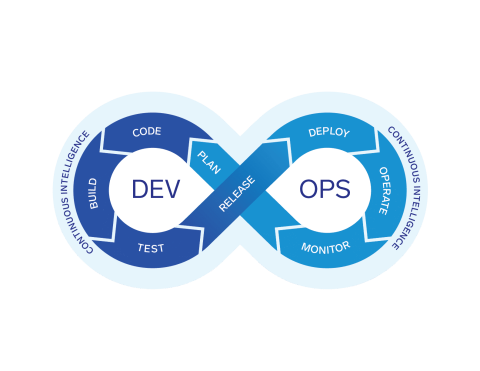What Data Types to Prioritize in Your SIEM
Customers regularly ask me what types of data sources they should be sending to their SIEMs to get the most value out of the solution. The driver for these conversations is often because the customers have been locked into a SIEM product where they have to pay more for consumption. More log data equals more money and, as a result, enterprises have to make a difficult choice around what log sources and data are what they guess is the most important.



